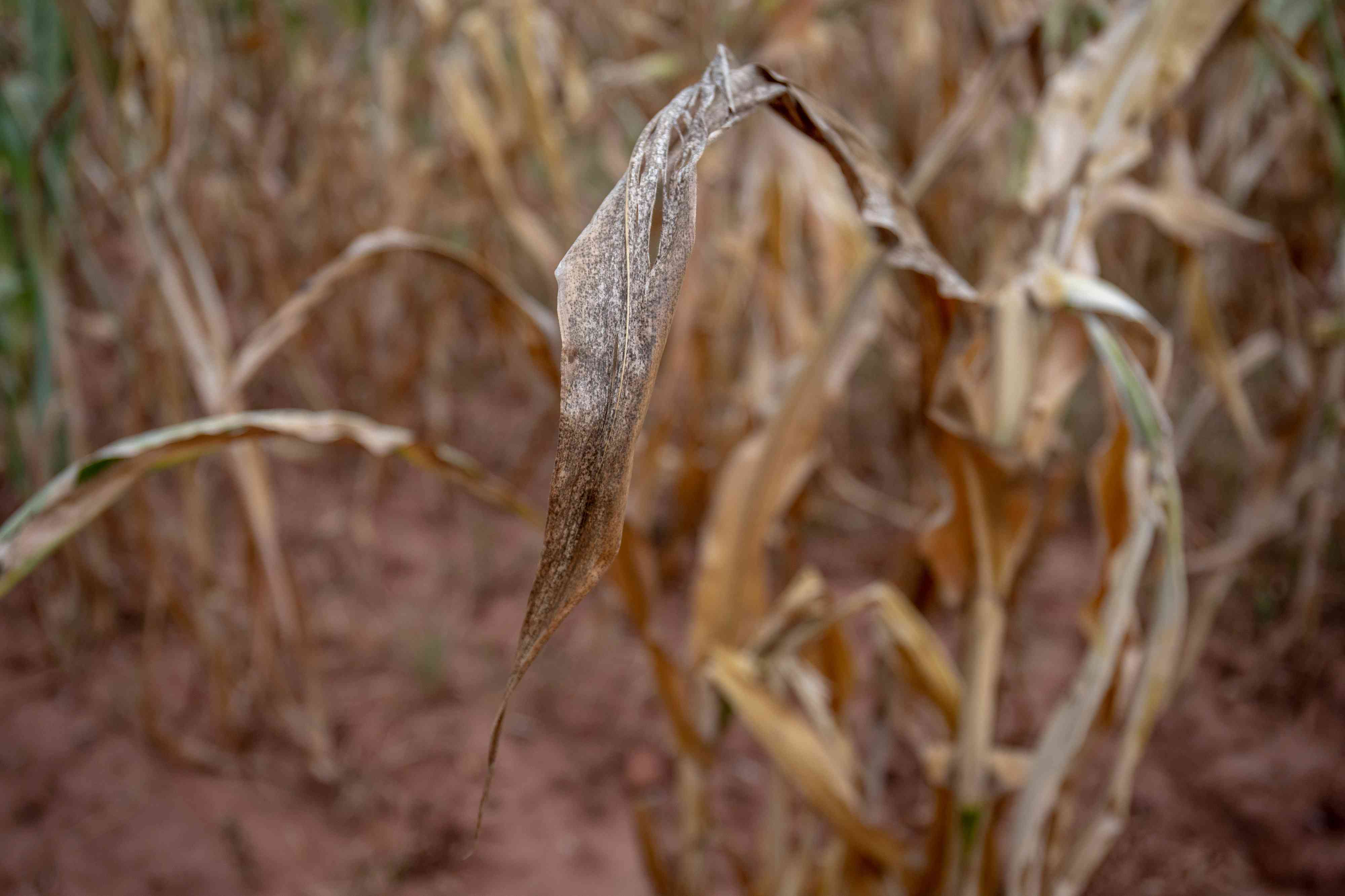
BY Kudzai Kuwaza AGRICULTURAL exports increased to US$434,5 million in the first half of this year, spurred by increased tobacco output and substantive carryover exports from the prior season, official statistics show.
“Agricultural exports increased from US$303,2 million in the first half of 2021 to US$434,5 million in 2022 on account of larger tobacco output amid significant carryover exports from the previous season,” RBZ governor John Mangudya revealed in the mid-term monetary policy statement released last week.
He said the increase in fertilizer prices as a result of the Russia/Ukraine conflict has contributed to the 15% increase in merchandise imports US$3 746,8 million in the first half of 2022, up from US$3 249,2 million in 2021.
“As the economy expands, so does its capacity to absorb imports that feed into the production process. Increasing fuel, edible oils and fertiliser prices on account of elevated geo-political tensions also drove the import bill higher,” Mangudya noted.
On the distribution of loans by banks to the productive sectors, Mangudya said 26,43% of the loans went to the agricultural sector making it the largest beneficiary ahead of other sectors such as manufacturing and mining which received 10,03% and 7,52% of the total loans respectively.
Mangudya maintained the foreign currency retention thresholds with agricultural exporters which include tobacco, cotton, tea, coffee and horticulture sectors retaining 75%. There has been an outcry by players in the agricultural sector for an increase in the foreign currency thresholds. The current forex retention thresholds are believed to have contributed to the increase of side marketing, particularly in the cotton and tobacco sectors.
Finance minister Mthuli Ncube allocated the Agriculture ministry a total of $100,7 billion in his mid-term budget statement last month, saying the resources were earmarked for grain procurement, preparation for the forthcoming season and dam construction.
Despite the numerous risks and shocks affecting performance of the sector, Ncube said insurance cover for agricultural activities has remained very low with insurance premiums at less than 3% of the total gross premiums generated by the insurance industry.
- Chamisa under fire over US$120K donation
- Mavhunga puts DeMbare into Chibuku quarterfinals
- Pension funds bet on Cabora Bassa oilfields
- Councils defy govt fire tender directive
Keep Reading
He said development of agricultural index insurance in the country which commenced in early 2022 was expected to be launched during the third quarter of this year.
This initiative will lead to development of a regulatory framework for agricultural index insurance, setting up of knowledge exchange forums, as well as developing capacity, including innovative insurance solutions for smallholder farmers.
Agriculture is the backbone of Zimbabwe’s economy, providing employment and income for 60 to 70% of the population, supplying 60% of the raw materials required by the industrial sector and contributing 40% of total export earnings.
The sector also contributes approximately 17% to the country’s gross domestic product, according to the Food and Agriculture Organisation of the United Nations.
- Follow us on Twitter @NewsDayZimbabwe











